The idea of making a large wall clock has been floating around in my mind for a while. My CNC often gets used for small cuts so the idea of doing something that uses all the real estate was appealing.
I started by gluing up a panel of 1×8″ pine boards to make a blank big enough for the clock. It’s always tricky to get a nice flat panel, especially when using cheap boards from the home center, but it came out reasonably flat and I kept it clamped down to the surface of my CNC machine when I wasn’t out there working on it.
The next task was cutting the face of the clock out of 1/4″ MDF. Instead of starting from scratch, I purchased a vector art design from Etsy, but with all the modifications I had to make to it, I might have been better starting from scratch (or at least from a different store.) I eventually got it all programmed and even though it would take a lot longer, I decided to run the whole pattern with a 1/8″ bit instead of a 1/4″ bit. That would give me more definition in any sharp corners. The whole cut ended up taking around 3 hours with some stopping in the middle to make adjustments.
After a lot of sanding, I finished the back with some stain and used an off-white spray paint for the face. I usually got for pure white but decided to try off-white this time. I wasn’t sold on the idea until I got to the very end of the project.
For the clock parts, I used clockparts.com. I had used them once before and was happy with their stuff. This time I purchased their high torque clock movement to support moving those giant hands. When the parts arrived, I sprayed the white hands to be the same off-white color as the face.
I cut the blank into a giant circle on the CNC and I was careful to hole right at the center which came in handy for finding the same center again later and for mounting the movement. With the blank flipped over, I pocketed in a whole for the movement and I also added some keyhole slots for mounting it on the wall.
We hung it above the fireplace in the front room and while it’s a fun piece of art, it’s a little tricky to read the time from it. The counterweight on the minute hand and the rings that encapsulate the Roman numerals are all distracting. I don’t know that I’d change the design at all though.
I see these on Etsy and Instagram and feel “meh” about them in general, but I’m super happy with how this project came out. It wasn’t a huge project but it had enough small new things in it to really entertain me.
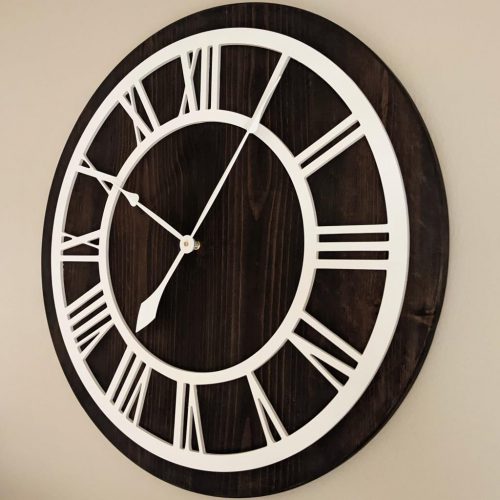
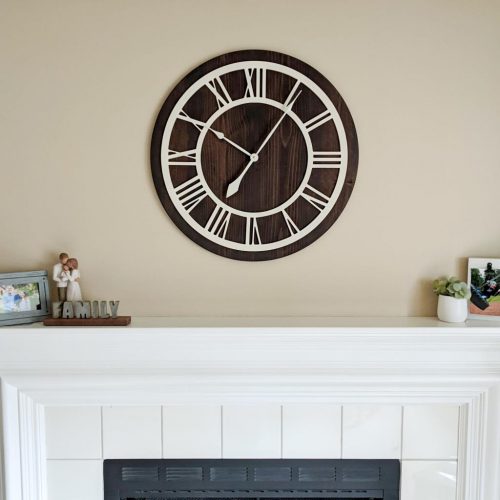
Follow my woodworking on Instagram @martenswoodworks

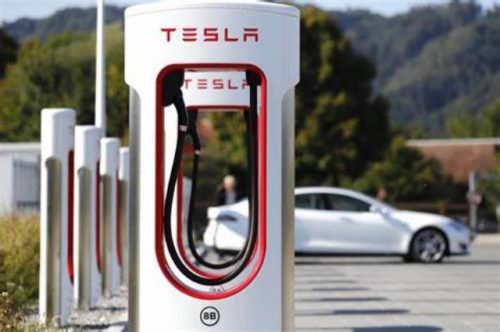
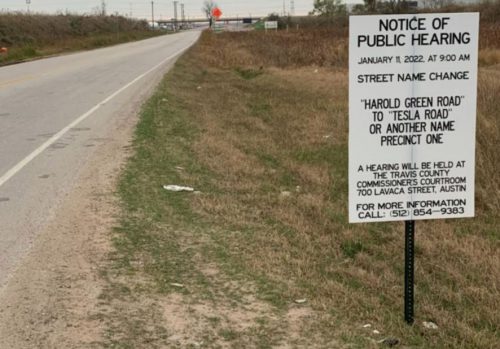

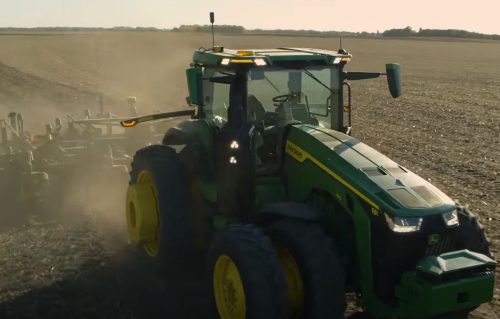
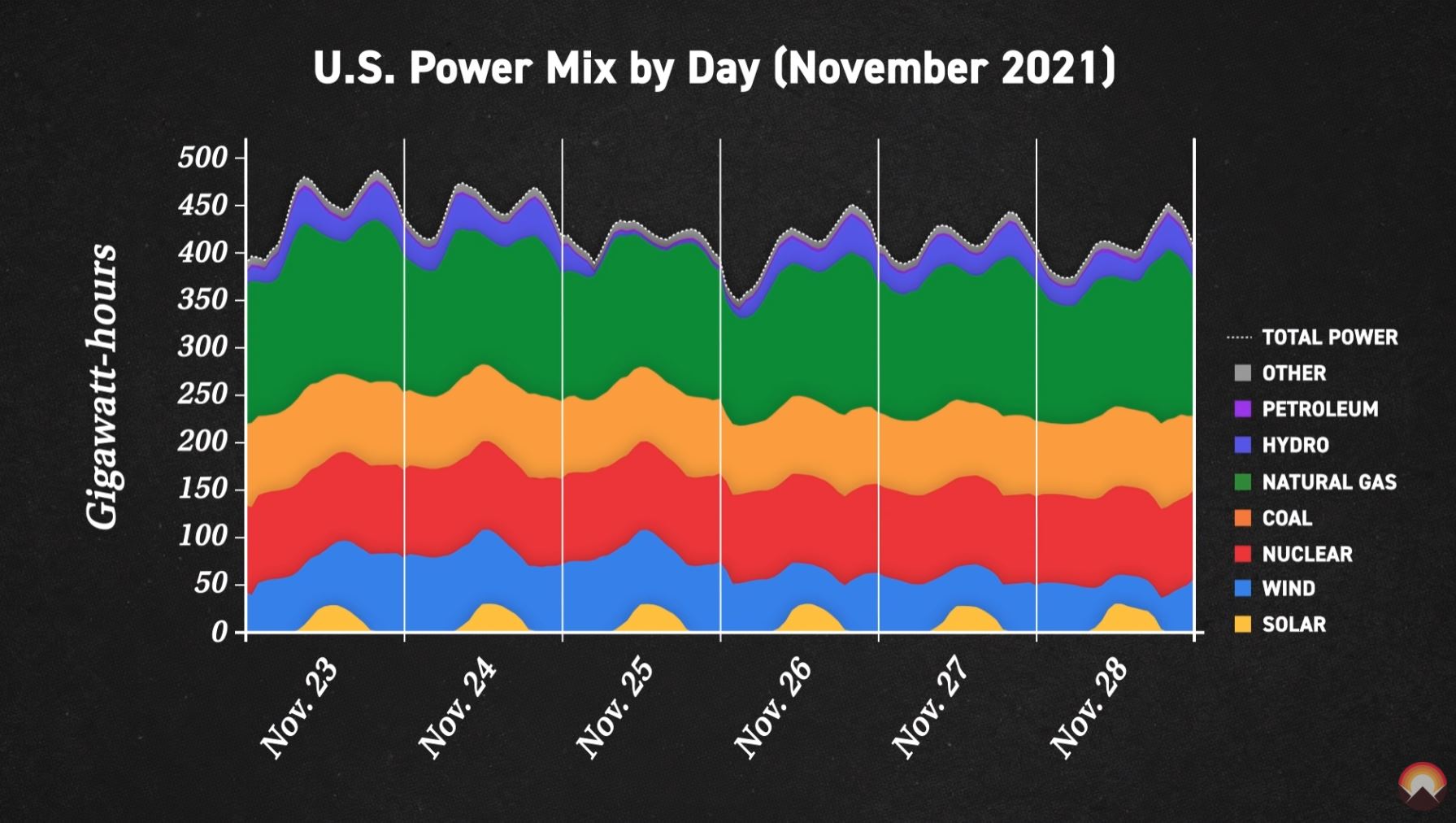
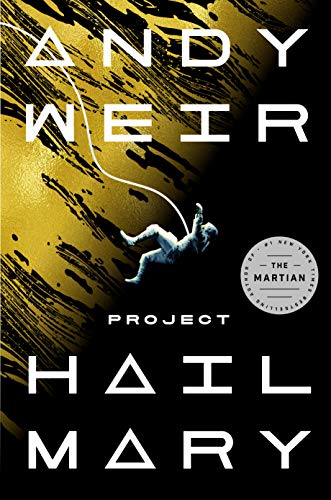


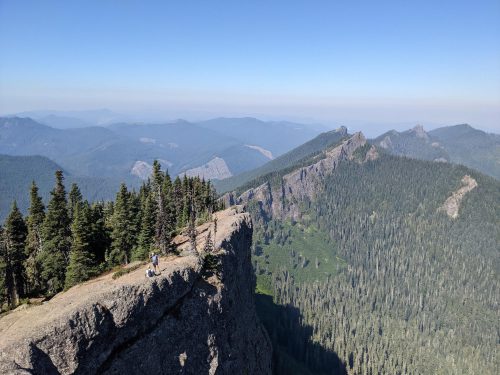
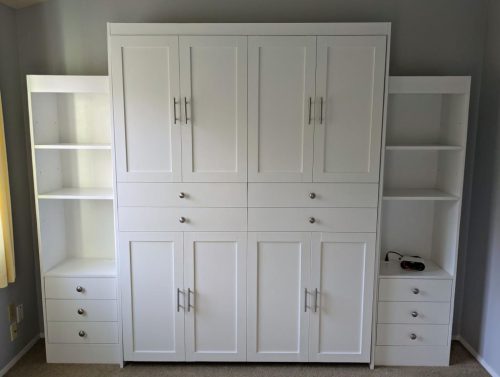
Building Habits
I recently read (but can’t remember where) an article about willpower vs habits. Willpower is like a battery that gets used up and recharged each night. You have to be careful how and where you apply your willpower because you probably won’t have enough to get you through the day. Habits happen mindlessly or with much less effort. So if you’re looking to make a change, you need to intentionally apply your willpower to get an activity to the point of being a habit.
Apps are frequently built to get you into a habit quickly. Games on my phone are always encouraging me to play just one more round or telling me to log in every x hours to get the next reward. But apps can use this type of incentive for good too. I started learning Duo Lingo about 16 months ago and in the beginning, I frequently relied on the app’s notifications to remind me that I hadn’t done my lesson for the day yet. It keeps track of the number of consecutive days you’ve practice, the number of lessons you’ve done compared to other people, the number of hours you spent practicing in a week, etc. So not only is that app encouraging me to keep my daily streak alive, but it’s also measuring my progress. For me, that measurement piece is a big key to building a habit.
So all that got me to thinking about some things I wanted to change in my life and how I could use my willpower battery and statistics to build a habit. I decided to use my sore back as a test case. I have spent a lot of time in physical therapy to help with my back, but I only keep up with my exercises after I’ve hurt my back. I should be doing them all the time and avoid losing a week here and there to back pain. There are a thousand different habit tracker apps out there, but the first one I downloaded was called Loop Habit Tracker. It gives me the satisfaction of making a checkmark for each day that I do my back stretches, giving me stats about how many days I’ve done it, and reminding me if I haven’t done it yet. I’m over a week in and already I can feel those exercises using up less of my willpower each day.
One of my favorite quotes is from a French mountain climber named Gaston Rebuffat who said, “A goal without a plan is just a wish.” I’ve had a goal of getting better about doing those basic exercises, but I never had a plan to build the habit. Hopefully as I get the habit formed, I’ll be able to keep it going easily and then work on using my willpower to improve other areas.